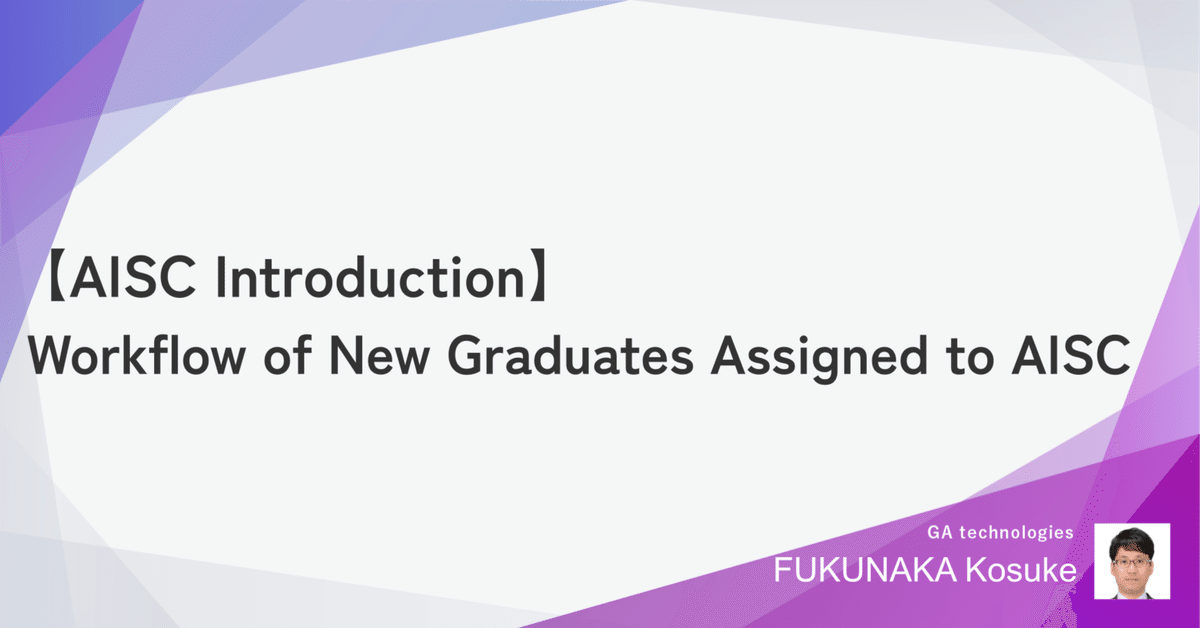
【AISC Introduction】Workflow of New Graduates Assigned to AISC
Here is English version.
日本語版はこちら
Introduction
Hello. My name is Kosuke Fukunaka and I work at GA technologies, Inc. (GA). I’m currently working as a Chief Data Scientist in the Advanced Innovation Strategy Center (AISC) . Please see my profile on the AISC website for a detailed self-introduction.
Starting from the previous article, we started a new series that introduces different aspects of AISC. In the first article of the series, Ms. Minei of AISC introduced the new graduate recruitment process and the appeal of AISC through interviews with HR recruiters. If you haven't read it yet, we hope you will take a look at it as well.
What prompted me to write this article?
Starting around July 2024, GA Group is focusing on recruitment, and AISC is also strengthening its recruitment efforts, including new graduates and mid-career hires.
We often get asked questions like:
What is the process for being assigned to AISC?
Can you tell me more about your job training initiatives in detail?
So, in this second article, I'll try to answer them!
Process after joining the company
First, let me briefly explain the process after joining the company.
If you join GA as a new graduate and are assigned to AISC, you will roughly go through the following process.
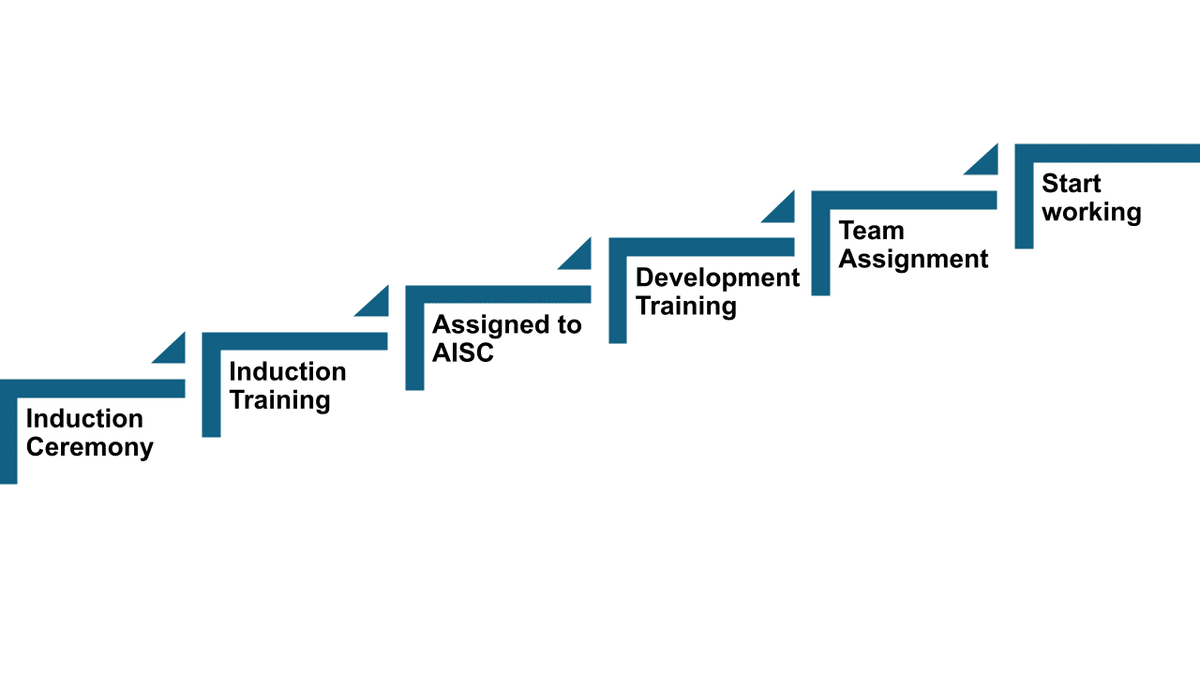
1. Induction Ceremony
From the induction ceremony to induction training, it is a common procedure that is followed in any company. Of course, GA also holds an induction ceremony. However, GA's induction ceremony is not just a simple ritual, but is packed with various ideas that are not found at other companies, and is prepared to warmly welcome all of you who are new members of GA.
For example, in the case of this year (2024), a seminar was planned for 50 new employees on the theme of "Investment is something to consider on your first day as a new employee." Let's talk to two new graduates (Ms. Yamamoto and Mr. Yoshida) who were assigned to AISC and actually attended the seminar to find out what it was like!
Fukunaka:
What was this seminar like?
Yamamoto:
This seminar was the first to be held this year, and it was aimed at new employees like us. This year, in particular, with the expansion of the new NISA, asset formation has become a more familiar topic, and GA also operates the real estate investment service "RENOSY," so I think the intention was to get people interested in investing from an early stage.
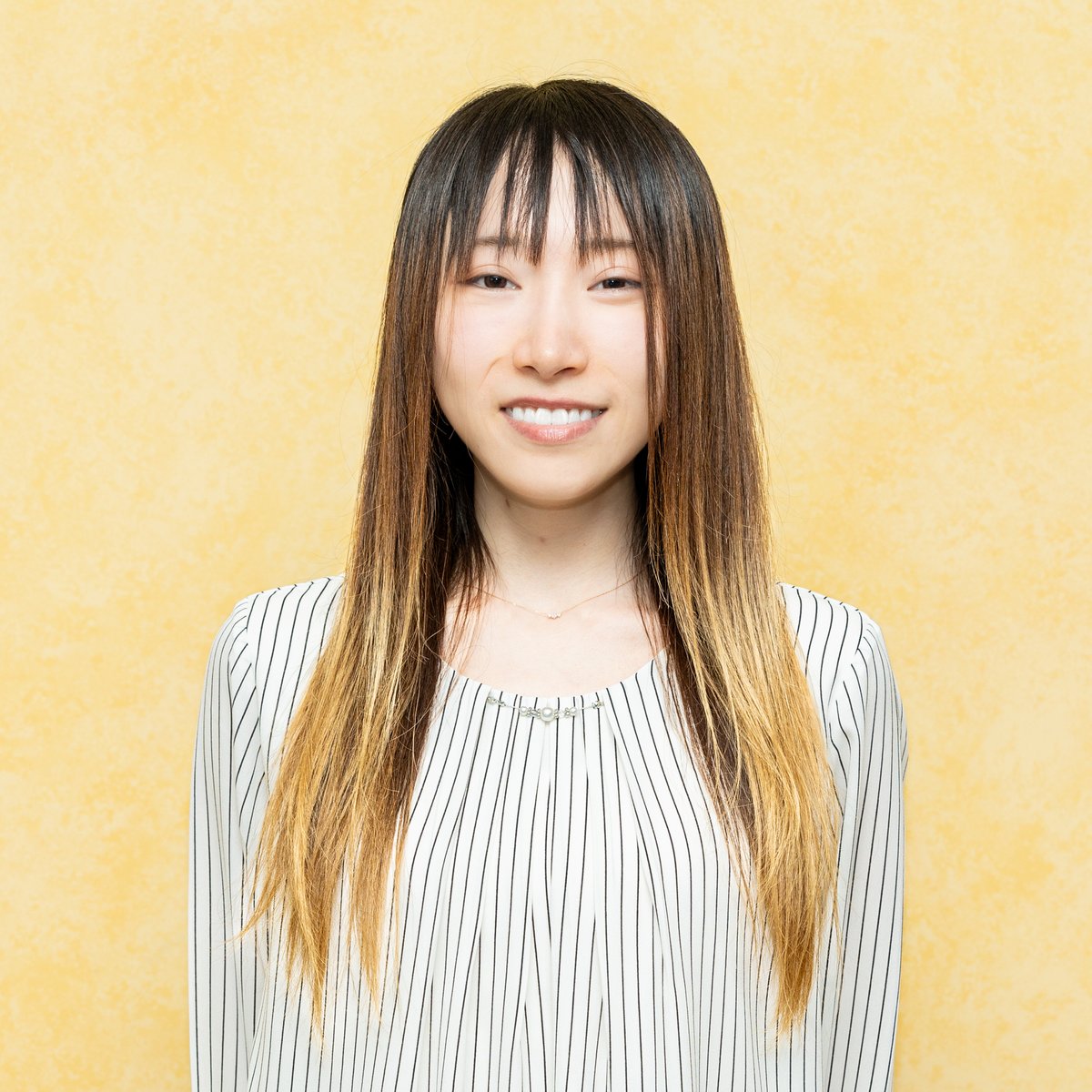
The seminar began with a "Money Quiz," which gave the participants time to think about money. After the quiz, a senior employee appeared as a lecturer and gave a talk on asset formation, which is good to know about early on.
Afterwards, as a surprise, it was announced that "100,000 yen would be provided as investment funds," and there was a workshop to think about how they would like to use this "investment funds." Some participants said things like "I want to invest the whole amount in the NISA quota," "I want to hold individual stocks (domestic and overseas)," "I want to invest in crypto assets," and " I want to join a stockholding association (※)." It was a meaningful seminar in which I was able to be exposed to a variety of ideas.
Fukunaka:
What are your impressions of this seminar?
Yoshida:
At first, I wasn't very interested in investing and thought it would be difficult to study, but through the "Money Quiz" and easy-to-understand seminars, I realized that it's possible to get started even with a small amount of money. I felt very fortunate to have an environment where I could learn about asset formation at my workplace as a new graduate.
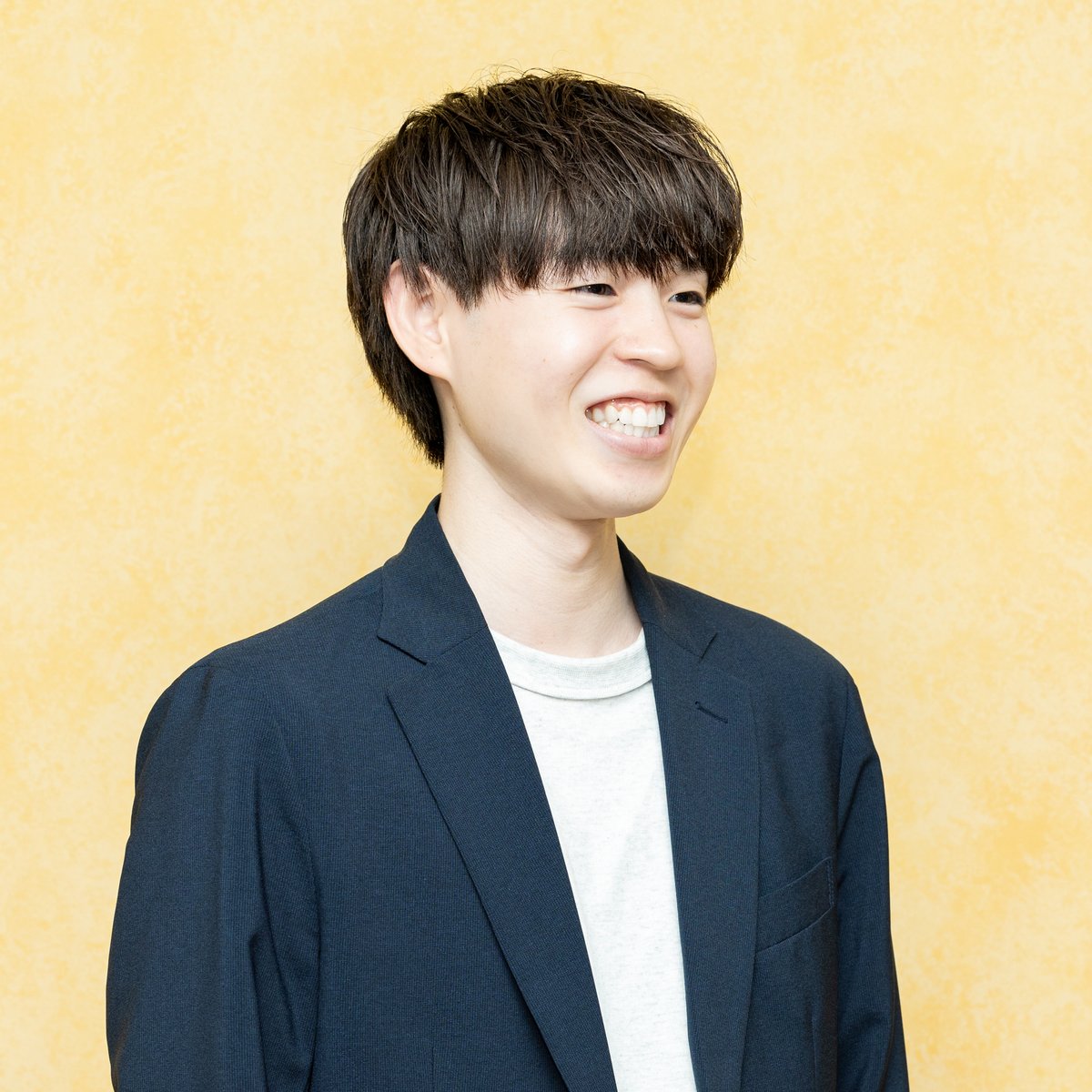
I was also very surprised that they provided me with 100,000 yen in investment funds. I think this is a measure that was made possible because GA technologies values new graduates who will be responsible for the company's growth over the next 10 years.
There was also a workshop to think about how to use the 100,000 yen investment fund. In my case, I want to build stable assets, so I would like to use NISA, which allows investment profits to be tax-free, and diversify my investments using investment trusts, etc. I also plan to acquire company stock (※). New graduates were able to exchange opinions with each other and come across ways of thinking that I had not had before.
Fukunaka:
I see! It was a very meaningful seminar!
This is a system that allows you to acquire company stock with a small amount of capital, and is one of the employee benefits offered by GA. Since contributions can be made through salary deductions, it can be used as one of the options for hassle-free asset formation.
2. Induction training
The induction training mainly teaches basic skills as a member of society, such as "business etiquette" and "the importance of reporting, contacting, and consulting," as well as learning about other departments and group companies, which will be important for the future of work. We spoke to Mr. Inoue who belongs to the human resources Department at GA, about this induction training.
Fukunaka:
Mr. Inoue, what kind of work do you usually do?
First, please give us a brief introduction of yourself!
Inoue:
Nice to meet you! My name is Kazumoto Inoue from the Human Resources Department.
I joined GA technologies as a new graduate in 2020, and am currently in charge of training and interviews for new graduates as a human resources member.
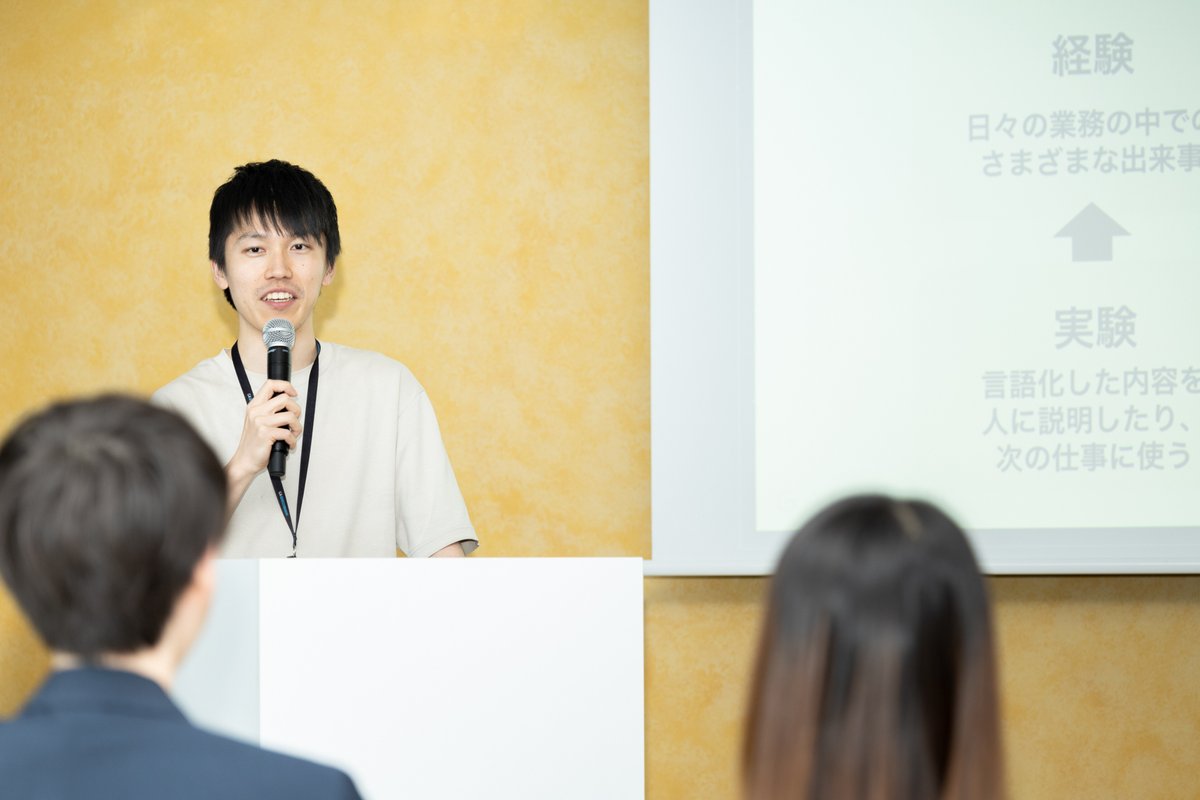
Fukunaka:
What are the characteristics of GA's induction training?
Inoue:
The biggest feature is that regardless of the department you are assigned to, you have the opportunity to experience actual on-site work. In the personnel training after joining the company, regardless of whether you are in a business position or an engineering position, we create opportunities for you to go to the site and interact directly with actual customers.
This training is based on one of our corporate philosophies, "CUSTOMER FOCUS," and was created based on the idea that "it is important to focus on creating customers and meeting their expectations."
I think that many new graduates feel anxious or conflicted about going to the field at first. Therefore, the entire company works together to continue supporting new graduates and create an environment where they can face their growth with peace of mind. After completing the training, the new graduates grow remarkably and become stronger, and the training is something that both the new graduates and their superiors say is "I'm glad I did it."
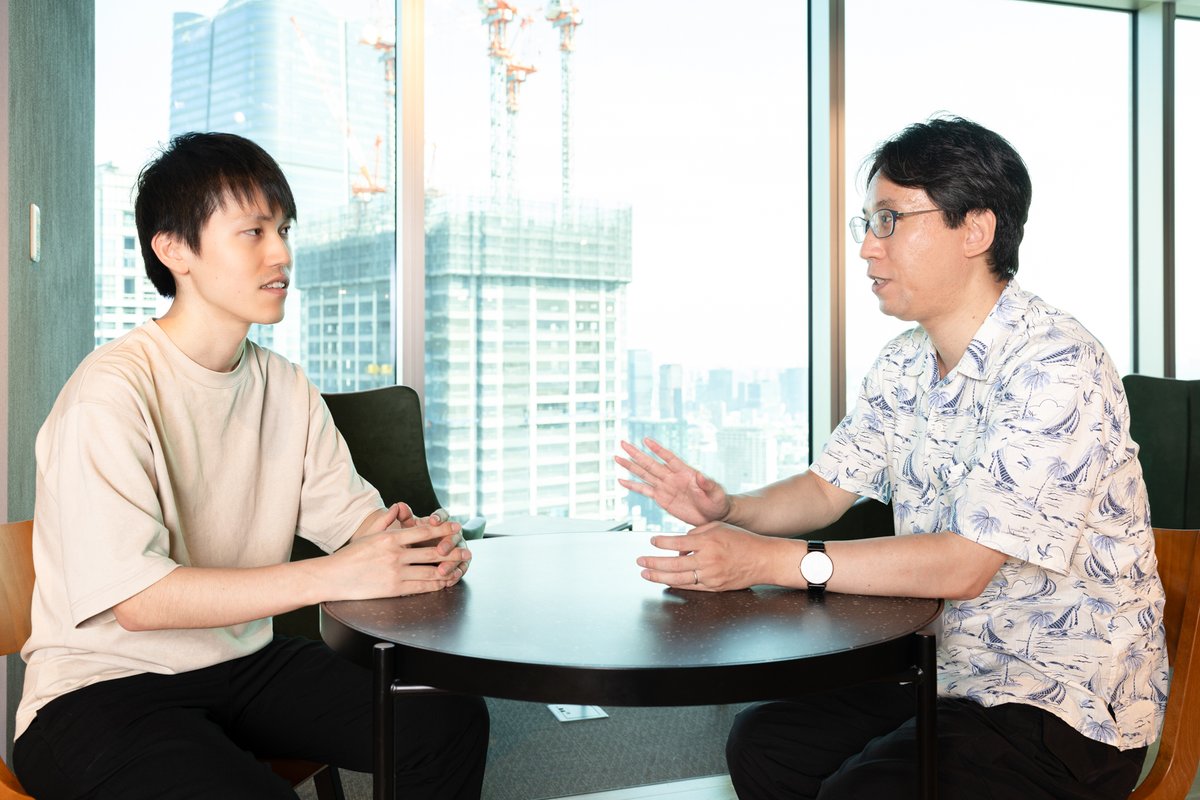
Fukunaka:
It's true that by knowing the overall picture of real estate operations, employees are able to carry out effective data analysis and AI development, so I think the effects of personnel training are clearly evident.
What are your expectations of new employees assigned to AISC who have received such induction training?
Inoue:
I would like such members to be able to work in cooperation with people in various departments.
I think that will lead to success in AISC, which aims to be an "organization that contributes to our business."
Fukunaka:
Mr. Inoue, thank you for your wonderful comments and messages!
At AISC, we believe that understanding real business on-site and collaboration with various departments is extremely important, so this training helps employees build personal connections after being assigned to a department. Many of our members have commented that "looking back on it, we can see that it was very useful!"
3. AISC assignment
Once the induction training is successfully completed, you will be officially assigned to a department. Some people may be happy or sad about which department they are assigned to, but in the case of AISC you would be hired as a specialist, so you will definitely be assigned to AISC.
This is one of the most frequently asked questions. So, please rest assured that there is no reason to worry that "Maybe I will be assigned to a department other than AISC?".
4. Development training
As shown in the figure below, AISC requires three core abilities: research, planning, and development.
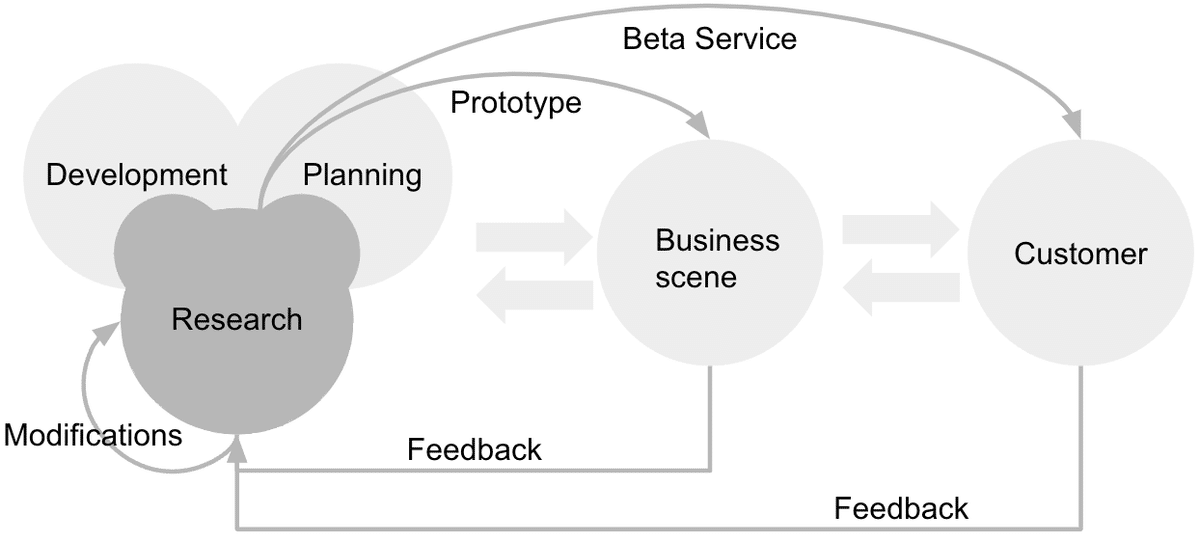
The reason we go beyond just the "research ability" is that AISC is expected to improve business operations across the company. Therefore, the way we work is to go to the group with a need, conduct interviews, define issues, research solutions, develop prototypes as solutions, and provide them back to the group. We then receive feedback on the prototypes, revise the direction of the research, and work together with the group to solve the problems.
Therefore, development skills are required not only for DX engineers, but also for data scientists and researchers. Development training is training to acquire this "ability to develop prototypes."
By going through the development training, even people with little to no development experience will be able to perform the minimum level of development. The specific curriculum of the development training will be explained in detail in the fourth article, so we hope you will also read that article.
5. Team assignment
As of July 2024, AISC has three teams: "R&D", "DX", and "Data Science". People who come to interviews often ask, "How are people assigned to each team?" This is decided in consultation with your supervisor, taking into account your individual characteristics and areas of expertise.
However, no matter which team you are assigned to, it will not be fixed forever, but will be flexibly changed depending on the work situation. Even if you are assigned to the Data Science team, you will develop a prototype that implements the AI engine you created, and you may take digital transformation action based on that. This kind of movement is the same for all teams.
So no matter which team you are assigned to, you will be required to have research, planning, and development skills. While this can be difficult, I think it also has the advantage that capable people can take on a variety of tasks with discretion.
Details about each team will be explained in the third article, so please take a look at that as well.
6. Start work
Once you have been assigned to a team, it's time to start working. You may be worried about whether you can do the job well, but please rest assured that you will be accompanied by a senior employee as a mentor at first. Under the guidance of your mentor, you can learn the job little by little, so please take your time and focus on the job.
In addition, we are currently developing training for each team to strengthen their expertise, so there are plenty of opportunities to improve your skills even after you start working. Some members are also using the 10% rule (※) to strengthen their research and development capabilities, so I think the organization has a good number of opportunities for self-improvement.
AISC has a unique system that allows employees to spend 10% of their total working hours on self-improvement.
Initiatives to improve skills
In addition to the development training introduced above, various other initiatives are being implemented to improve skills. Representative examples include JTBD (Jobs to be Done) to develop planning capabilities and AISC study sessions to develop one's ability to understand and present research papers. Let 's talk to the people in charge of JTBD (Mr. Hashimoto) and AISC study sessions (Mr. Kawamoto) to hear what they are like.
About JTBD
Fukunaka:
I don't think many people are familiar with this term, so what is JTBD?
Hashimoto:
It is an abbreviation for "Jobs to be Done". It is a theory of the "mechanism of consumption and needs" by Clayton Christensen, a professor at Harvard Business School (HBS), and is also known as the Jobs Theory (Wikipedia). Within the department, we call it JTBD, which is an abbreviation of "AISC Function Proposal Contest for Developing Planning Skills - Jobs to be Done."
Fukunaka:
How did it all start?
Hashimoto:
It all started with a training session that the entire department took as part of efforts to strengthen "planning ability," one of the three skills required at AISC.
By coincidence, my wife's relative was previously in charge of managing new business development at Ricoh Co., Ltd. (where, coincidently, AISC manager Mr. Inamoto previously worked as Deputy Director of the New Business Development Center/Director of the Future Technology Research Center). After retiring he became a training instructor, so we asked him to provide the training.
During the training, we were introduced to "jobs theory" as a customer-centric approach to thinking. I felt that this was very close to AISC's problem-solving pattern, so I included it in the subtitle.
Fukunaka:
What kinds of ideas have you come up with so far?
Hashimoto:
After counting again, we found that 67 projects had been proposed over the course of three years. We are grateful to the members who planned the projects and to the various companies and departments in the GA Group who cooperated with the interviews and other activities despite their busy schedules.
Of course, not all ideas necessarily make it to the stage of being promoted as a project, and many remain only as proposals, but we believe that it is important to have many proposals, even if they do not reach fruition.
Fukunaka:
Have any ideas of members ever been put into practical use?
Hashimoto:
Yes, there are many!
A typical example is the Hazard Map Checker app available on our Tech Lab site.
At the time, a member in his third year came up with the plan, noting that the amendment to the Real Estate Brokerage Act (August 2020) had made it mandatory to explain the location of the property on a flood hazard map when explaining important information about rental properties (※), which had resulted in an increased burden on our staff.
After that, we developed a prototype and worked with the purchasing department to put it into operation. It is now being used by GA Group companies, including rental property management, from the original purchasing department. We have also received multiple inquiries from other companies.
Fukunaka:
What research benefits do you want members
of AISC to gain through this initiative?
Hashimoto:
AISC is looking for "researchers who can take action while considering the entire project," and I hope that I can help them to achieve that.
A "planning" perspective is essential for creating good products and services. In today's rapidly changing world, I believe that the key to growth lies not in the idea of a plan, but in the promotion of the plan. I always hope that by providing experience in promoting plans through improvement proposals for GA Group's work and products, it will be an opportunity for members to "take action" (or to make it a habit to take action).
Important matters concerning contracts are explained to consumers based on the "important matters explanation" document when making a sales contract, lease contract, or commission contract. Important explanations are found in real estate transactions, insurance sales, condominium commission contracts, architectural design contracts, etc.
About AISC Study Group
Fukunaka:
How would you describe the AISC study group?
Kawamoto:
Members of the team will introduce papers they have read that they found interesting or that they feel could be used in their work. Although it is not required, we ask members to introduce English papers published within the past few years.
I think it would be best to imagine something like a round reading or lecture session at a university. We call it a study group because we have a wide range of events, including not only paper introductions but also research presentations and introductions to the latest technology, so we call it all study groups.
Fukunaka:
How did it all start?
Kawamoto:
We started this as part of our efforts to improve the research capabilities of our department. We believe that the skills of searching for papers, reading them, and explaining them are important parts of research capabilities.
We started this training with the hope of improving AISC's research capabilities by having each member read and introduce papers.
Fukunaka:
What kind of presentations have been made so far?
Kawamoto:
Because the members have a wide range of specialties, papers from a variety of fields have been presented.
Presentations of research that were directly related to the project included the following.
Selection Bias in Housing Price Indexes: The Characteristics Repeat Sales Approach, Daniel Melser, oxford bulletin of economics and statistics, Vol 85 2023 Jun,P.623-637
This paper is about how the building price data available in the market is biased towards multiple transactions, and how much it could affect new building prices. The presentation also discussed the implications for our data.
The presentations on technologies that were discussed in specific areas included the following.
An Image is Worth 16x16 Words: Transformers for Image Recognition at Scale, Alexey Dosovitskiy et al, ICLR2021
This paper is an application of Transformer, a document analysis technology originally used in ChatGPT, to image analysis.
This presentation was made in 2021, and I believe it is an example of how the latest technology at that time, when it became available as chatGPT, was able to understand how the technology worked and use it.
We also want to know the expertise of new graduates, so we want to ask them to introduce their own thesis or master's thesis in their first presentation, but most of them refuse to do so (lol).
Fukunaka:
What kind of growth do you hope for
from your team members through this initiative?
Kawamoto:
AISC is a department that aims to utilize research for business purposes, so I hope that by searching for, reading, understanding, and communicating papers, students will be able to find issues in the field, understand those issues, think of solutions, and communicate the effectiveness of the research to other members.
A week in the life of a new graduate
Finally, let's ask Mr. Ma Kan, who is in his second year after graduating, how he spends his week. In your second year after graduating, you've essentially finished basic training, you're starting to get used to your job, and the advice you get from senior employees and mentors is gradually decreasing.
Let's take a look at what a week is like for a new graduate who is now entering this period when he or she gradually begins to think about becoming independent.
In addition, the following article written by AISC's Ms. Minei contains Mr. Ma's self-introduction, job duties, and how he spends his day, so please refer to it as well (Japanese only).
Fukunaka:
First of all, please tell us about your weekly routine.
Ma:
Of course, not every week is the same, so I chose as an example the week when requirements definition is completed and development begins.
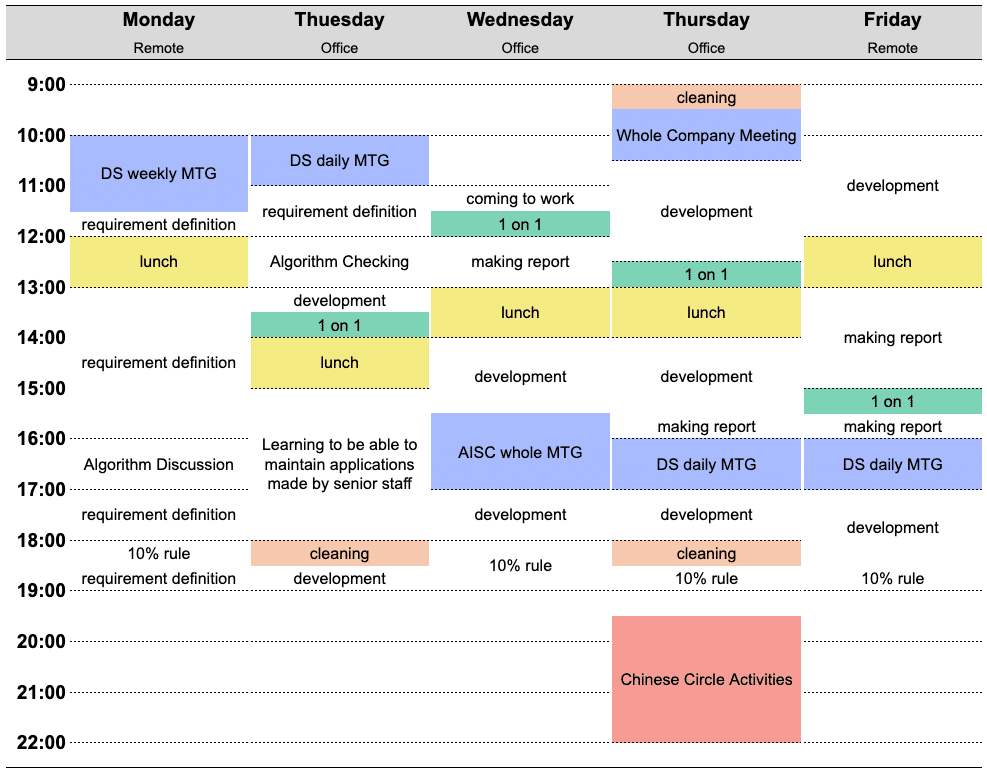
DS daily is a meeting within the data science team. Basically, it is a meeting where members report and think about solutions to problems they are having. There is a priority order for presentations each day, so we guarantee that everyone can consult at least once a week.
In addition, we also have weekly meetings for the whole team of DS and AISC. The DS weekly meetings are held to improve presentation skills in Japanese and to allow Mr. Inamoto, the manager of AISC, to understand the current situation. The AISC team meetings are a place to understand the research content of other teams and find out what each other is currently working on. Since AISC is made up of members from various countries, presentations are made in English at these meetings.
Fukunaka:
Are there any characteristics for each day of the week?
Ma:
Monday
Mondays are remote days, and the weekly DS meeting is held on this day. I think the advantage of working remotely is that even if you wake up at the last minute, you can still get to work on time (lol).
Tuesday
Since this is the first day back to the office in the week, we do things on this day that would be difficult to communicate during a remote meeting on Monday.
In this example, if we hadn't discussed the algorithm in detail on Monday, we can review it again on Tuesday using the company whiteboard to dig deeper.
Wednesday
I'm a night owl and I can concentrate better at night, so I come to work at 11am on Wednesdays to avoid lack of sleep. That's why I think the full flex system is a great system.
The weekly English general meeting is held on this day. It is not only a chance to improve your English presentation skills, but also a place where all AISC members can gather to exchange ideas and generate innovation.
Thursday
On this example day, the GA Group company-wide meeting was held from 9:30a. It is basically a weekly meeting to publicly announce the company's goals and achievements, as well as how to achieve the goals.
Sometimes the legal department provides training on topics such as how to handle personal information.
We do a lot of things, but to put it simply, I believe these company-wide meetings exist to focus our efforts on maximizing the customer experience.
On the same day, there was also a Chinese language club, where I was able to communicate with people from other departments and enjoy some authentic Chinese food.
Friday
Fridays are also remote days. We set aside time in advance to prepare materials for the regular DS meeting on Monday, and the rest of the day is spent mainly on development.
Fukunaka:
What do you do on weekends?
Ma:
On weekends, I often go for walks in Odaiba or take photos with my colleague Mr. Han.Like me, he also enjoys photography as a hobby, and he has a better camera than me.Here is a photo of me that he took in Misaki.

Here's the photo I took of Rainbow Bridge.

Fukunaka:
Do you have any contact with departments other than AISC?
Ma:
Of course, yes. AISC work requires listening to employees in the field. We define requirements and proceed with development while receiving feedback from members of other departments.
Before fully developing the product, users can try out a prototype, which helps to prevent misunderstandings. Also, when you join a circle, you can get involved with more departments. I also have 1-on-1 meetings with my peers to discover new issues.
Fukunaka:
Please give a message to people who are considering joining GA.
Ma:
GA technologies group is a company that provides innovative services that combine technology and real estate. If you are interested in technology or data science, or if you are aiming to work in the real estate industry, I think this company is a great environment.
Conclusion
What do you think? As you can see, AISC has prepared various training contents for new employees, and has a thorough support system in place to help them get used to the job. There are many more things we could not introduce in this article, so if you are interested, please feel free to ask the interviewer during the interview. We hope that you have become at least a little interested in AISC, the research and development division of GA technologies, Inc.
In the next issue, Ms. Minei will introduce the three teams that make up AISC. Please look forward to it!
